Key amendments to the Constitution are essential. They protect individual rights and shape civil liberties. The 1st Amendment? It's all about free speech. The 13th abolished slavery, a huge deal for civil rights. The 2nd gives folks the right to bear arms—love it or hate it. These changes matter. They help keep democracy alive and well in the U.S. Want to know more about how these amendments came to be? Stick around for more juicy details.
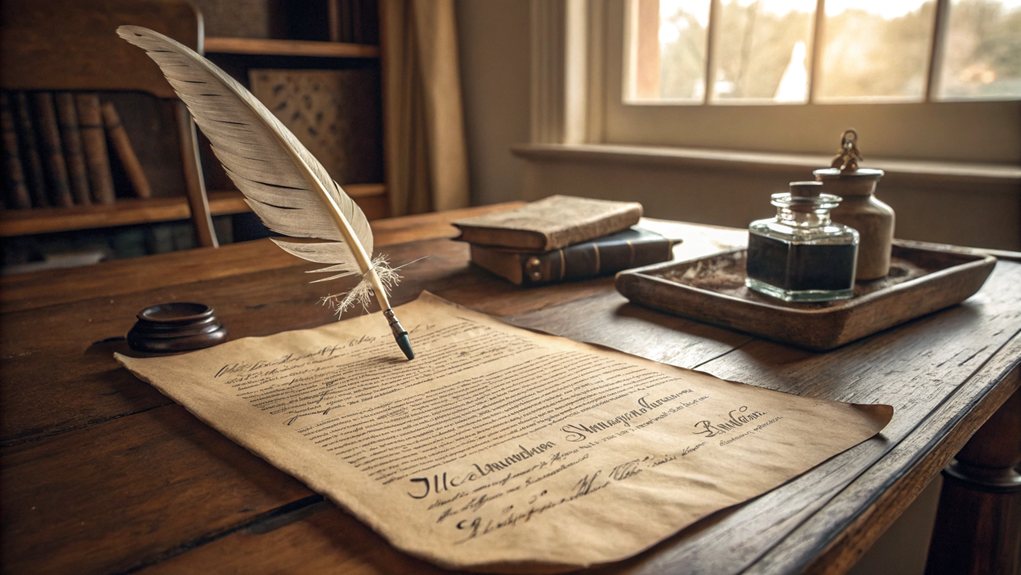
The U.S. Constitution is the backbone of American democracy, and its amendments are the lifeblood that keeps the nation running. Ratified in 1791, the Bill of Rights kicks things off with ten amendments that lay down fundamental rights. You know, the kind of stuff everyone should have like freedom of speech, press, and assembly. Who would want to live in a world where you can't complain about the government, right?
The Constitution is essential to democracy, ensuring our fundamental rights like free speech and assembly.
But here's the kicker: amendments aren't just tossed around like confetti. They require a proposal—either from Congress or a national convention—and then three-fourths of the states have to give a thumbs-up. So, yeah, it's a big deal. There are currently 27 amendments, with some brave souls attempting six others that never made the cut. The significance? These amendments not only protect citizens' rights but also guide how the government operates. Imagine trying to run a country without a playbook.
Among the early amendments, the 1st, 2nd, and 4th stand out. The 1st protects your right to say whatever the heck you want, while the 2nd guarantees your right to pack heat. The 4th? It keeps unwanted searches at bay. The Bill of Rights is the foundation for future civil rights advancements, ensuring that individual liberties are prioritized. Additionally, the amendment process is designed to ensure that changes reflect the will of both Congress and the states, providing a structured method for modifications.
Fast forward to the Civil Rights Amendments, and things get serious. The 13th Amendment abolished slavery because, let's face it, that was long overdue. The 14th Amendment was pivotal in shaping modern civil rights and liberties, establishing due process and voting rights, making it a little harder to deny people their basic rights based on race.
And it doesn't stop there. The voting rights amendments make certain every citizen, including women, gets a say in elections. What a concept! Other amendments tackle everything from taxes to presidential terms. The Constitution isn't just a document; it's a living, breathing guide to what it means to be American.
Frequently Asked Questions
How Are Amendments Proposed and Ratified in the Constitution?
Amendments? They're like a long, drawn-out game of telephone.
First, they can be proposed by Congress or via a convention that's never actually happened. Good luck getting two-thirds of states to agree on that one!
Then there's the ratification phase, where three-fourths of states have to give a thumbs up. Congress decides how it all goes down.
It's a messy, complicated process. Not exactly a walk in the park, is it?
What Is the Amendment Process for the Constitution?
The amendment process? It's not exactly a walk in the park.
First, Congress has to get two-thirds of both the House and Senate on board. If that fails, good luck getting two-thirds of state legislatures to call a constitutional convention—never happened.
Then comes ratification. Three-fourths of the states need to say "yes." It's like trying to herd cats, but hey, that's how they keep the Constitution from turning into a free-for-all.
Can Amendments Be Repealed or Changed After Ratification?
Yes, amendments can be repealed. But good luck with that! The process is a serious slog.
First, two-thirds of Congress has to agree. Or, two-thirds of state legislatures can call a convention. Then, you need three-fourths of states to ratify the change.
Sounds simple, right? Spoiler alert: it's not. Just look at the 18th Amendment. Repealed once, and that's it.
It's like trying to unring a bell—pretty tough!
How Many Amendments Exist in the Constitution Today?
As of now, there are 27 amendments in the U.S. Constitution. Yep, 27.
It's not a huge number, considering the countless proposals thrown around since 1789. Some have been real head-scratchers. Ever heard of the Flag Desecration Amendment? Yeah, that one didn't make the cut.
Amendments are like the Constitution's way of evolving, but only if enough states agree. A simple process? Not really.
Welcome to American democracy!
What Role Do State Legislatures Play in Amending the Constitution?
State legislatures hold a vital role in amending the Constitution. They can propose changes by calling for a convention if two-thirds of them agree.
Spoiler alert: this has never actually happened.
When it comes to ratification, they're the key players again, needing three-fourths to give the thumbs-up.
But let's face it—getting that much agreement today? Good luck! It's like herding cats.
And don't even get started on the debates over how this all works.
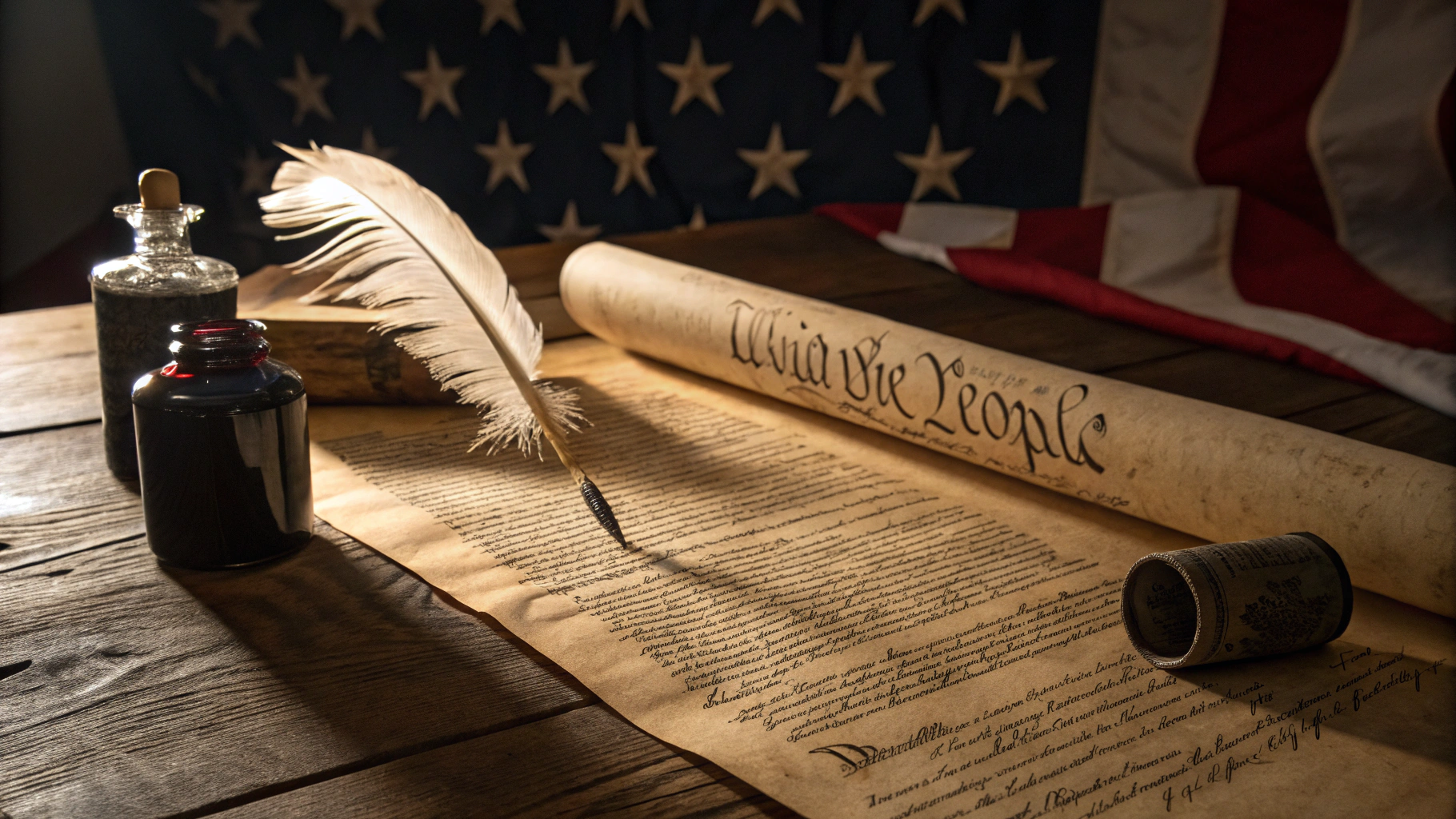

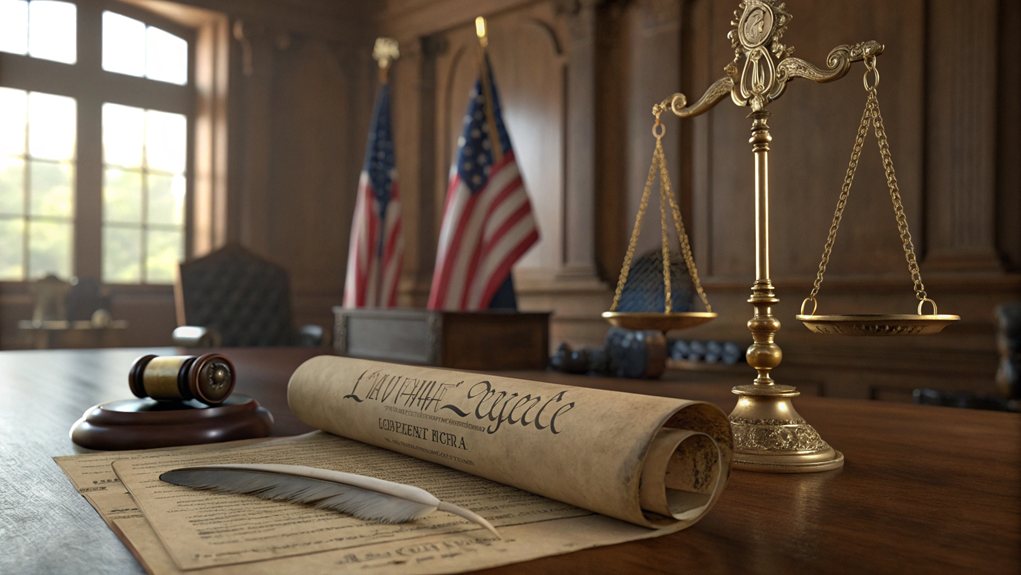


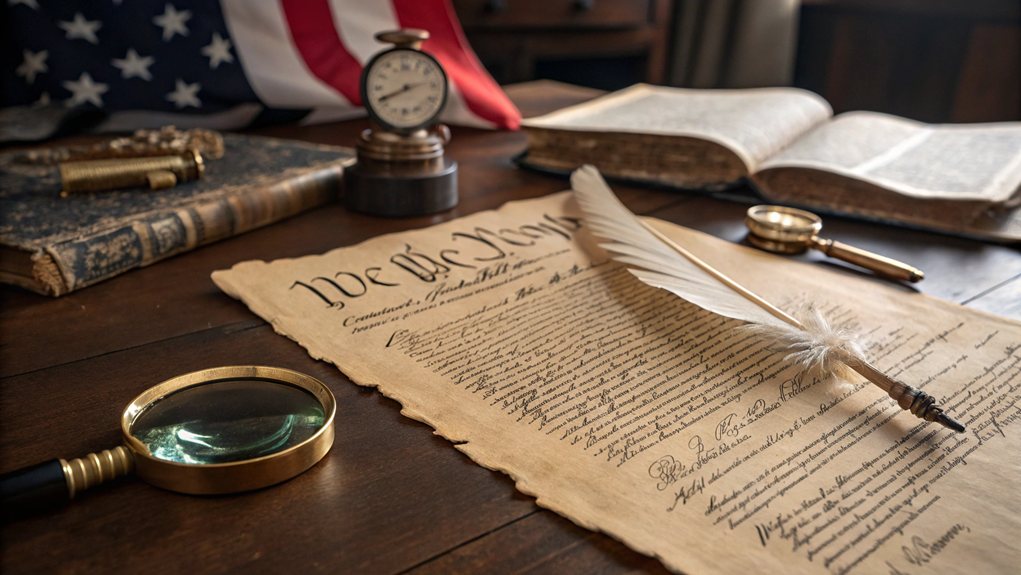

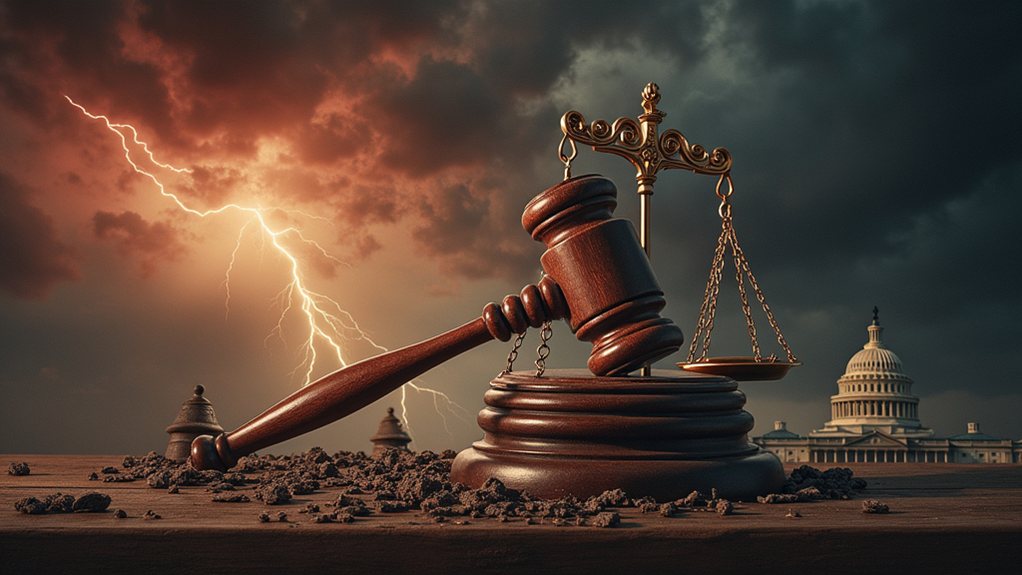

1 comment
Comments are closed.